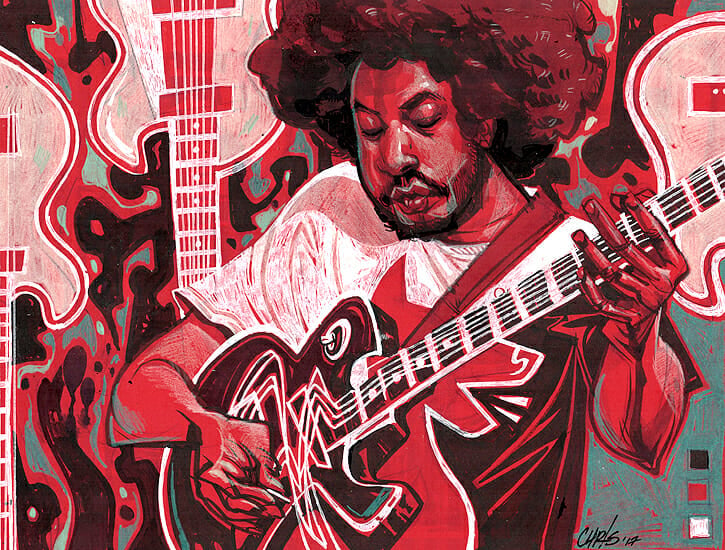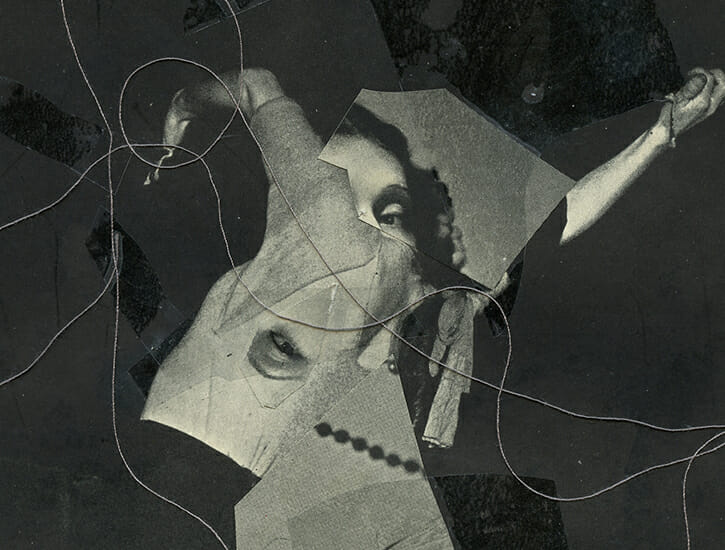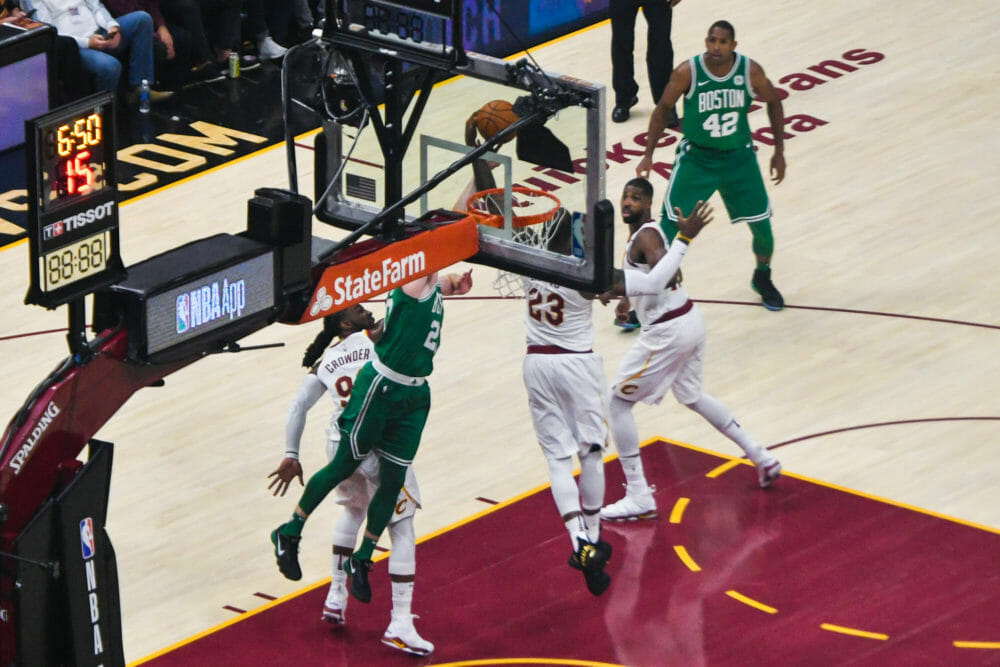 By GEORGE TOSHIO JOHNSTON
By GEORGE TOSHIO JOHNSTON
Over the past several years, there have been many efforts by different community organizations to capture for posterity the recollections, thoughts and experiences of older Japanese Americans before they pass on and take those memories with them.
I myself did it in a small way with the short-documentary I produced a few years ago — “Going for Honor, Going for Broke: The 442 Story” — in which I was able to record on video what a handful of WWII veterans remembered from their service in the Army as members of the 100th Battalion/442nd Regimental Combat Team. That of course pales in comparison to what the Go for Broke National Educational Center has been doing with their Hanashi oral history project. There have also been a number of oral histories of other Japanese Americans recorded as well.
One thing that needs to be kept in mind is that the Japanese American community is more diverse than even we like to give credit for; despite a commonality of having ethnic, racial and cultural roots from Japan at some point in the not so distant past, “Japanese American communities” is actually a more accurate phrase, since there are so many substrands, divided by region, time of arrival to the U.S., prefectural ancestry, profession and so on. Furthermore, not all of these communities necessarily interact.
One such subdivision is that of the so-called “war bride,” native Japanese women who married U.S. servicemen in the peace that followed the war and the U.S. occupation of Japan. I put war brides in quotes because it’s one of those terms that isn’t necessarily liked by that group but is used anyway.
Those still-living Japanese women (and their husbands) from this first wave of now commonplace intermarriage are now in their 80s and 90s. Like elderly Nisei, their stories will disappear in a few short years unless recorded.
As reported a few months back here in The Rafu Shimpo, a trio of women whose mothers were war brides are producing a documentary on this mostly unrecognized part of the Japanese American community. Its title is “Fall Down Seven Times, Get up Eight: The Japanese War Brides.”
The filmmakers are Katheryn Tolbert, Lucy Craftand Karen Kasmauski.All three happen to also share a profession, namely journalism. It made for a good fit, having that particular professional background as well as having native Japanese mothers who married Americans during the postwar occupation of Japan.

The October 2014 article was about their Kickstarter campaign to raise money to finish a 10-minute short film. While that’s a worthy goal in itself, in my recent conversation with two of the three filmmakers, Craft and Tolbert (via Skype for Tokyo-based Craft and the Washington, D.C.-area based Tolbert), I learned that they hope to use the short film as a means to raise funds and produce a longer and expanded feature-length documentary on the same topic. Already they’ve been at it for three years.
The other news I got from them was that their Kickstarter campaign was a success, as they raised nearly $40,000. “As you’re probably aware, video production is extremely costly if you want to do high-end,” Tolbert said. “To most of us $40,000 is a king’s ransom, but it’s a very small budget in the video production world. And that’s why it’s only 10 minutes, but you can say a lot in a 10-minute film.”
They plan to have the 10-minute version, which focuses on their mothers and them, finished this year. The longer film has loftier goals, according to Craft.
“I want to make this story relevant for anyone,” Craft said. “I don’t care if you’re from any part of the world, if you’re 10 years old, if you’re 100 years old, I want the film to speak to every single person because I think the message and the themes are quite universal.
“Japanese people of course have their own cultural characteristics but the kinds of behaviors that you see, I mean you could be true of any group, how people treat one another or how we react in extreme situations.”
According to Tolbert, it’s “striking how little there is” in terms of the historical record for war brides. As she put it, the group seems to have been “airbrushed” out of Japanese American histories. Depending on which statistics are cited, there were a minimum of 30,000 Japanese women who married Americans of all backgrounds, including Japanese American Nisei, to as many as 100,000. Either number is significant, but if many who came to the U.S. with their returning husbands went to locales where there were not the large populations of Japanese Americans along the West Coast, it’s a group that was scattered and therefore overlooked, outside of some academics in the U.S. and Japan.
“The fact that these women haven’t been written about is really unbelievable,” Tolbert said.
Tolbert also noted that, historically, there was a troubled history between the war brides and some extant Japanese Americans. The longer documentary will address this, she said. While she didn’t elaborate, she said they have already gotten some negative responses from Japanese Americans to their efforts.
“There needs to be a dialogue about this. We need to talk about this. The fact that ‘Japanese war bride’ is an epithet, is an insult within the Japanese community is absurd,” Tolbert said. “I’d like to get into this.”
Craft called it “outrageous” and said they want to set the record straight in their documentary.
If and when that day comes, it’ll be interesting to see what sort of reaction this documentary will get, from both mainstream audiences and from the Nikkei community.
Personally, I hope they get the chance to complete their longer film after the 10-minute version comes out. Even a 10-minute movie is a heck of a lot of work, so a feature documentary of an hour or more is daunting indeed.
In the meantime, the trio plan to continue recording more interviews beyond their mothers to add to the “footage” already recorded. Fortunately, they all get along and are united in their mission to tell the stories of this group and their families.
While the Kickstarter campaign is done, they do have a page on Facebook and a website, fallsevengetupeight.com. Furthermore, they have a questionnaire for interested parties. They can be reached via email at [email protected] for anyone wanting to contribute feedback (hopefully positive), funds or talent to their effort.
Until next time, keep your eyes and ears open.
?—
George Toshio Johnston has written this column since 1992 and can be reached at [email protected]. The opinions expressed in this column are solely those of the author and do not necessarily reflect policies of this newspaper or any organization or business. Copyright ? 2015 by George T. Johnston. All rights reserved.
 ReverseDAO
ReverseDAO
 Maneka’s Punk Pulpit
Maneka’s Punk Pulpit
 Signs and Blunders
Signs and Blunders
 Regarding the Pain of Others
Regarding the Pain of Others
 Gil Garcetti Collection of Japan Photos Now at Kinokuniya
Gil Garcetti Collection of Japan Photos Now at Kinokuniya
 New Android 16 beta update brings major feature to older Pixel phones
New Android 16 beta update brings major feature to older Pixel phones
 Belladonna
Belladonna
 Wordle today: The answer and hints for March 24, 2025
Wordle today: The answer and hints for March 24, 2025
 JANM Shepherds in the New Year
JANM Shepherds in the New Year
 Tesla trade
Tesla trade
 Pollen’s Native PLN Token Goes Global With MEXC Listing
Pollen’s Native PLN Token Goes Global With MEXC Listing
 Why Trump Is an Effective Negotiator
Why Trump Is an Effective Negotiator
 Did Google Maps delete your Timeline data? How to restore it.
Did Google Maps delete your Timeline data? How to restore it.
 Amazon Spring Sale 2025: Best Beats Solo 4 deal
Amazon Spring Sale 2025: Best Beats Solo 4 deal
 NiP invited to StarSeries i
NiP invited to StarSeries i
 Amazon Spring Sale 2025: Ecovacs Deebot X8 Pro Omni at lowest
Amazon Spring Sale 2025: Ecovacs Deebot X8 Pro Omni at lowest
 Amazon Big Spring Sale 2025: Best Beats Studio Buds deal
Amazon Big Spring Sale 2025: Best Beats Studio Buds deal
 Yet another stellar week in hell.
Yet another stellar week in hell.
 Culture in the Garden
Culture in the Garden
 Most King Penguins may either starve or relocate as the oceans warm
Most King Penguins may either starve or relocate as the oceans warm
PlayStation State of Play February 2025 livestream: When it is, what to expectBest game deal: Get up to 60% off Jackbox GamesNYT Connections Sports Edition hints and answers for February 13: Tips to solve Connections #143NYT Strands hints, answers for February 12Stay and save with Ticketmaster Travel: Up to 57% off tickets and hotel24 of the best romantic comedies streaming on HuluNYT Connections hints and answers for February 11: Tips to solve 'Connections' #611.Man City vs. Real Madrid 2025 livestream: Watch Champions League for freeWordle today: The answer and hints for February 13, 2025Los Angeles Lakers vs. Utah Jazz 2025 livestream: Watch NBA online Chelsea vs. Brighton 2024 livestream: Watch Premier League for free Oklahoma vs. Auburn football livestreams: kickoff time, streaming deals, and more The Prosecutor’s Presidency RB Salzburg vs. Brest 2024 livestream: Watch Champions League for free Beautiful Lies Wordle today: The answer and hints for September 29 Gemini Live is now freely available to everyone This spider's eyes glow, even though it died 110 million years ago Manchester United vs. Tottenham 2024 livestream: Watch Premier League for free When will the Verizon outage be fixed? Here’s what we know
0.1389s , 9924.796875 kb
Copyright © 2025 Powered by 【необычная порнография】INTO THE NEXT STAGE: Upcoming ‘War Bride’ Documentary May Ruffle Feathers,Feature Flash